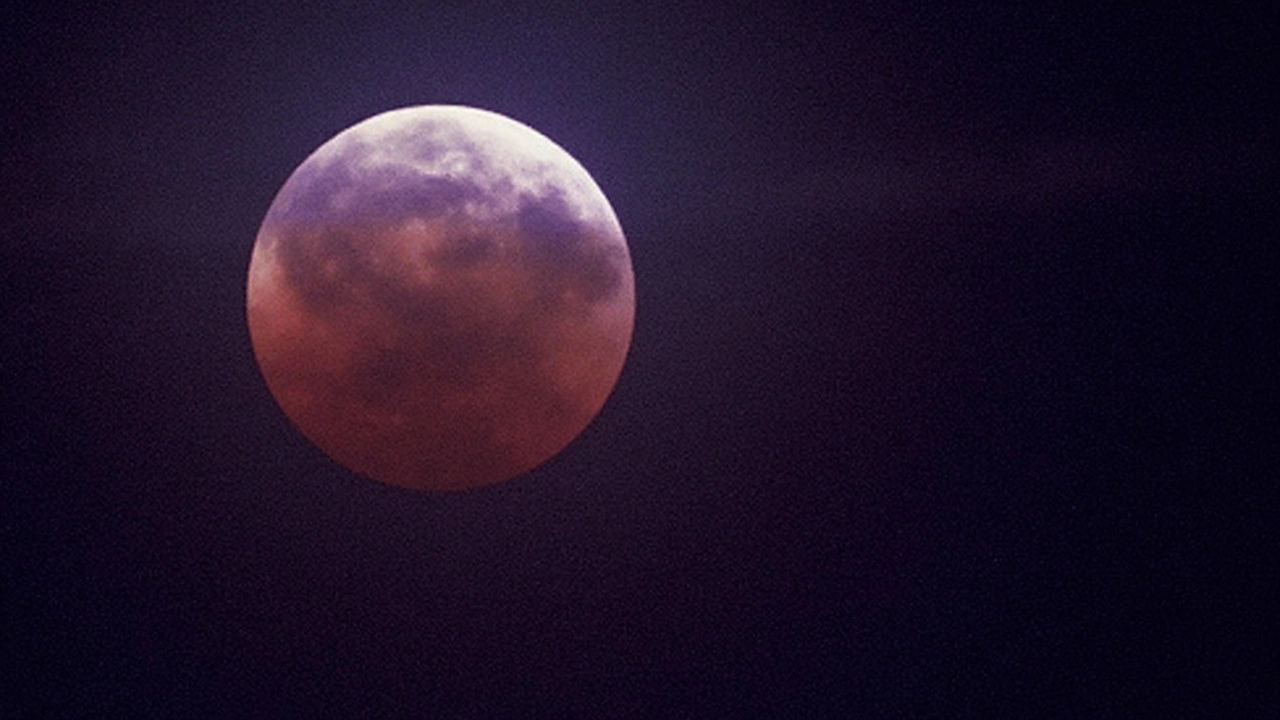Blood Moon – All You Need to Know
Ever looked up at a deep red moon and wondered why it looks so eerie? That’s a Blood Moon, and it shows up in science, myths, and even video games. In this guide we’ll break down what causes the colour, why cultures have stories about it, and where you can spot it in entertainment today.
Science behind the Blood Moon
A Blood Moon happens during a total lunar eclipse. The Earth slides between the Sun and the Moon, casting its shadow on the satellite. Sunlight still reaches the Moon, but it has to pass through Earth’s atmosphere first. Tiny particles in the air scatter the blue light away, leaving mostly red and orange wavelengths to bounce back.
The effect is the same reason sunsets look orange. When the atmosphere is clear, the colour is a bright copper; when there’s a lot of dust or volcanic ash, the Moon can appear almost crimson. These eclipses are predictable – astronomers can calculate the exact dates years in advance. If you want to catch one, check a reliable sky‑watching calendar and find a spot away from city lights.
Blood Moon in pop culture
People have turned the red moon into a story starter for centuries. In ancient myths, a Blood Moon often signals a bad omen, a war, or a supernatural event. The Maya, for example, linked it to powerful rituals, while European folklore warned of werewolves and monsters roaming under its glow.
Modern media loves the drama too. Horror movies often set climactic scenes during a Blood Moon, and video games use the term for special events or quest items. In games like World of Warcraft, a Blood Moon festival adds unique quests and bonuses. Even smartphone apps now host limited‑time challenges that only appear when a real Blood Moon is in the sky.
If you’re a gamer, keep an eye on patch notes – developers love to sync in‑game events with real‑world eclipses. It’s a cool way to feel connected to the night sky while you’re battling monsters or racing cars.
Beyond entertainment, the Blood Moon also sparks scientific curiosity. Amateur astronomers love photographing the event, sharing timelapse videos on social media. Those images help scientists study Earth’s atmosphere and track how pollutants affect light scattering.
So whether you’re watching the sky, reading a myth, or grinding a quest, the Blood Moon offers something for everyone. Keep your phone ready, grab a blanket, and enjoy the show the next time the Moon turns red.

Weather Outlook for the Blood Moon Eclipse This Thursday
The Blood Moon lunar eclipse will be visible across most of the U.S., with clear skies forecasted for many regions. However, cloud cover might affect viewing in the Northeast, mid-Atlantic, and northern Plains. Metro Atlanta could see intermittent clouds, while Philadelphia may have partly cloudy skies. It's best to choose spots with reduced light pollution for a better view.
View more